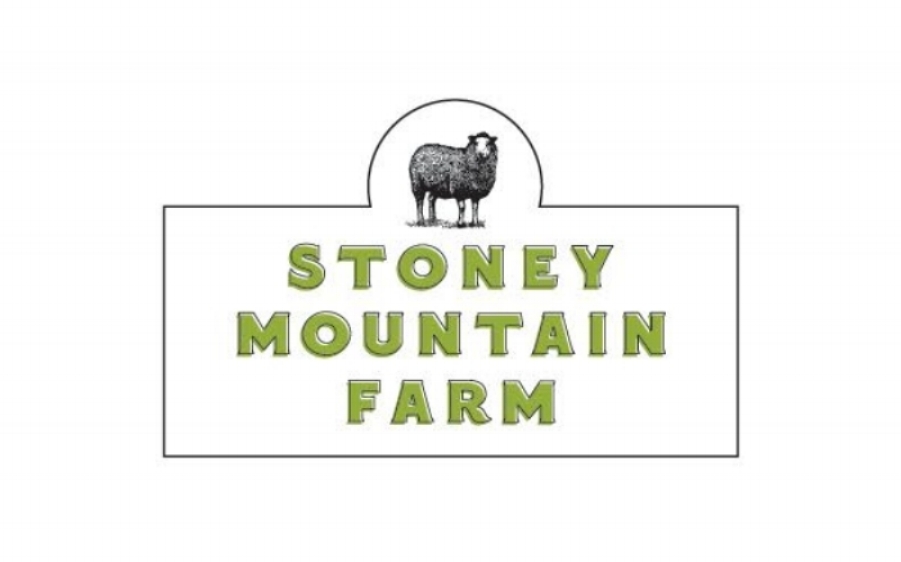Skirting Wool: The Essential First Step to Beautiful Fiber
Skirting Wool at our homemade skirting table
So, your sheep have been sheared, and you've got a beautiful fleece in front of you.
Now what?
Or, maybe you’re just curious about the process. wool goes through.
Before you can spin, felt, or even sell that wool, you need to "skirt" it. Skirting is the crucial first step in preparing raw fleece for processing, and it makes a world of difference in the quality of your finished product.
Let's dive into what skirting is, why it's important, and how to do it effectively.
What is Skirting?
Skirting involves removing the undesirable portions of a raw fleece. This includes:
Vegetable Matter (VM): Hay, straw, burrs, and other plant material.
Manure and Dirt: Any soiled or heavily contaminated areas.
Short Cuts: Fibers that were cut too short during shearing.
Cotted or Matted Wool: Tangled or felted sections that are difficult to process.
Second Cuts: Fibers that were cut twice during shearing, resulting in short, undesirable pieces.
Stained or Discolored Wool: Areas that are heavily discolored or stained.
Fleece Tips: The very ends of the fleece, which may be weathered or weak.
Why is Skirting Important?
Improved Fiber Quality: Skirting removes impurities that can weaken or damage the wool, resulting in a cleaner, stronger, and more consistent fiber.
Easier Processing: Clean fleece is much easier to wash, card, spin, and felt.
Enhanced Finished Product: Skirting leads to a more beautiful and high-quality finished product, whether it's yarn, felt, or another wool craft.
Increased Value: A well-skirted fleece is more valuable to buyers and processors.
Protecting Equipment: Vegetable matter and dirt can damage spinning wheels and other fiber processing equipment.
How to Skirt a Fleece:
Prepare Your Space:
You'll need a large, clean surface. A dedicated skirting table with a mesh top is ideal, as it allows dirt and debris to fall through. You can also use a clean tarp or a large table. Here’s a design for one from our friends at Bide a Wee Farm
Good lighting is essential. Natural light is best, but bright artificial light will also work.
Have a large container or bag for your skirtings. Here’s a LINK to our favorite “bag holder”. We keep several in use. One for the wool discard and one for the skirted fleece
Lay Out the Fleece:
Carefully lay the fleece out on your skirting surface, with the fleece's "outside" facing down.
Spread it out so you can see all areas clearly.
Remove Obvious Debris:
Start by removing any large pieces of vegetable matter or manure by hand.
Work Around the Edges:
Begin at the edges of the fleece and work your way inward.
Carefully examine each section and remove any undesirable portions.
Tear off heavily contaminated or matted areas.
Check the Main Body:
Once you've skirted the edges, carefully examine the main body of the fleece.
Look for any remaining vegetable matter, short cuts, or other imperfections.
Flip the fleece over and repeat the process on the other side.
Bag Your Skirtings:
Dispose of your skirtings in a designated container.
Bag Your Skirted Fleece:
Place the clean fleece into a breathable bag, such as a burlap or paper bag, for storage. Avoid plastic bags, as they can trap moisture and lead to mold.
Tips for Effective Skirting:
Skirt in a well-lit area.
Take your time and be thorough. Often I hear anxiety from a new “skirter” worried about doing it right. Just know you’ll become more and more confident. I remember being very aggressive in the beginning. I felt it was better to throw away a bit of good wool then to sell a bit of trashy wool!
Practice makes perfect: Like any skill, skirting improves with practice. The more fleeces you skirt, the better you'll become at identifying and removing undesirable portions. You'll develop an eye for quality.
Don't be afraid to remove a significant amount of wool if necessary. It's better to have a smaller, high-quality fleece than a large, low-quality one. I am a member of the “if in doubt, pull it out” camp!
Practice makes perfect. The more you skirt, the better you'll become at identifying and removing undesirable portions.
If you are unsure of the quality of some wool, set it aside in a seperate area. You can then evaluate it later.
After 15 to 20 minutes we have a well skirted fleece! You could be faster but then you might miss the zen of it all !
Skirting wool is an essential step in preparing raw fleece for processing. By taking the time to properly skirt your fleece, you'll ensure a higher quality finished product and a more enjoyable fiber experience. If your sending your wool to a mill to be processed they will be particularly Happy with you and if your selling your fleece directly to the end user they will be left with hopefully nothing but compliments for you and your farms standards!
Happy skirting!
Do you have some favorite skirting tips you’d like to share? Maybe you have a particular skirting challenge you’ve faced? Maybe you have a question about skirting you’d like “like minded” folk to help you decipher?
Please share in the comments below!


